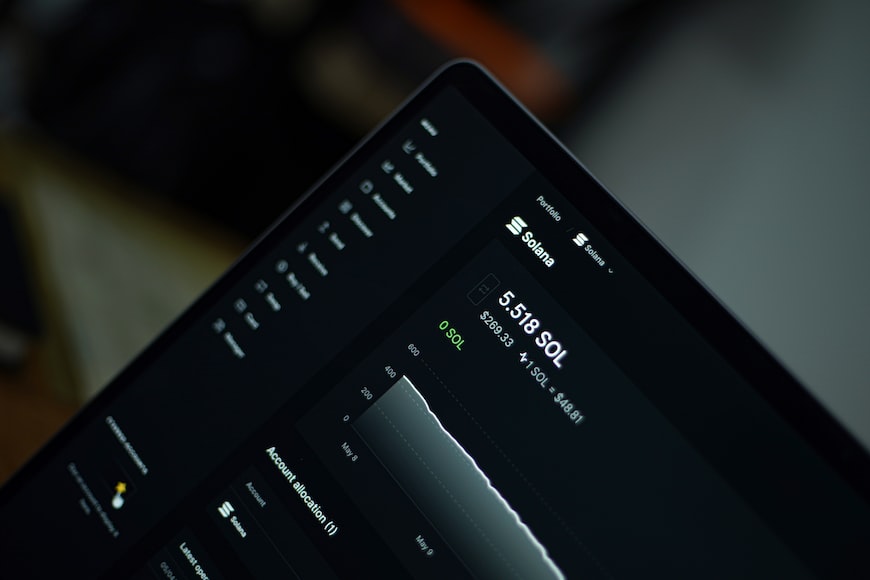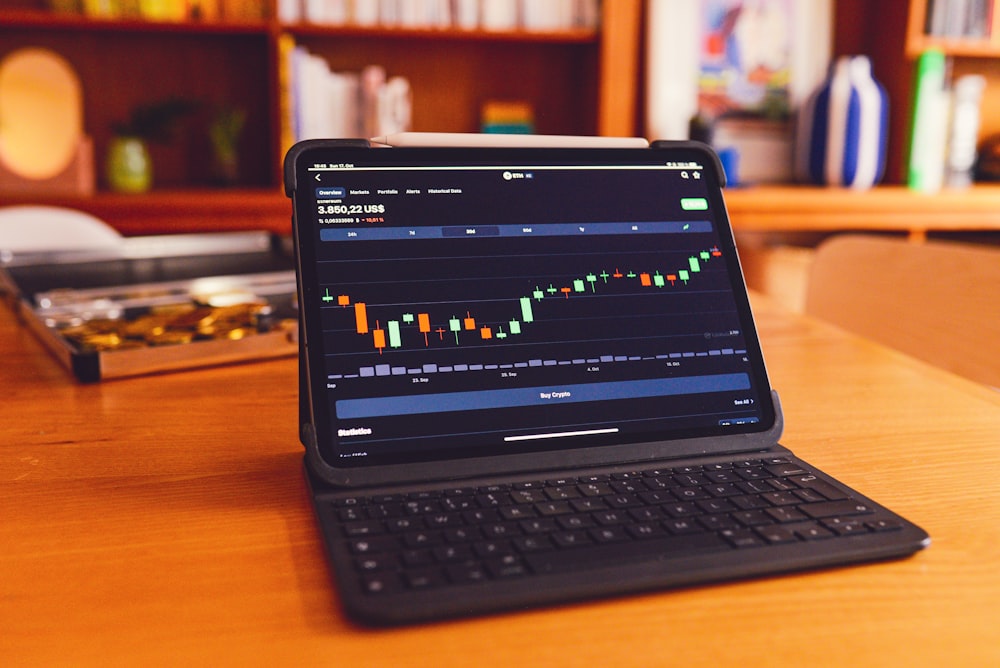A crypto market is a confusing place, and not everyone can understand it. However, once you get a hold of what it is, you can make money consistently, thanks to the crypto trading tools available today. The crypto market allows us to run tests that have never existed before. Using artificial intelligence and machine learning, you can now test for variables in a new dimension with a precision never thought possible.
This is where crypto analysis methods like linear regression come into play.
What is Linear regression?
Linear regression is a statistical method of estimating the relationships among variables. It is used in many disciplines, including economics, social sciences, and biology.
In simple terms, linear regression helps determine how much one thing changes when another change. It’s like a line that shows how something changes as another thing changes.
What are the basics of linear regression in crypto trading?
Photo by Kanchanara on Unsplash
When using linear regression for crypto trading, you’re looking for trends in asset prices that last longer than random movements in price. As with any other type of trading, it’s important to consider market conditions when deciding how long a trend will continue before reversing direction.
Linear regression works with any data that follows a straight-line pattern over time — which means it can be applied to many different types of assets, including stocks, commodities, and cryptocurrencies such as Bitcoin (BTC), Ethereum (ETH), Litecoin (LTC) and Ripple (XRP).
Understanding Linear Regression in Crypto Trading
The basic idea behind the technique is simple: You start with a hypothetical model assuming that the coin’s price follows a specific pattern (e.g., it increases by X% per day). Then, you check how well that model fits reality. If it works well, you can use it to predict future price movements — but if it doesn’t fit, you should probably discard it and try something else.
Another notable feature of most financial time series data is the presence of a unit root. It signifies that the variable demonstrates a characteristic known as mean reversion.
To ensure your model fits reality, we need more than one observation of each variable. We call this set of observations an “outlier-free sample” (i.e., one without outliers). Suppose we have enough data points for each variable in our sample. In that case, we can use linear regression to determine precisely how much each variable contributes to their relationship.
Photo by regularguy.eth on Unsplash
For instance, let’s assume you want to know how much Bitcoin will be worth one year from now (2020). You would start by collecting historical data points from January 1st, 2019, until December 31st, 2020, so that you have a full calendar years’ worth of data points for each day of the month. You would then plot these points on a graph and find a trend line that best fits all of your data points.
The Perfect “fit.”
Another application of this crypto analysis is to model the price of a cryptocurrency against other cryptocurrencies.
This is called the perfect “fit” in crypto linear regression.
Finding the perfect fit for your data can be difficult if you’ve ever done linear regression. There are entire textbooks devoted just to this topic!
When we look at linear regression in crypto, we don’t care about finding an exact fit for our data points — all we want is an estimate of how much each variable affects your dependent variable. For example, consider how much BTC influences ETH prices over time. In that case, you don’t need to find an exact equation that describes this relationship perfectly — you need one that gets you close enough so you can use it for analysis purposes.
Using Regression to Build a Trading Strategy
Data Prep for Linear Regression in Crypto
Another essential step in developing a trading strategy is to collect data. There are two primary sources of data: historical and live. When using historical data, you can access all data points in the market history. However, these points may be far apart (for example, if you want to analyze Bitcoin price movements since 2010). The second approach is to use live data, but this requires the ability to connect our trading strategy with an exchange or other data source that provides real-time information.
Features and Target Variable Selection
Photo by Quantitatives on Unsplash
The second step is finding features to help predict your target variable (price). For example, if you wanted to create a trading strategy that makes trades based on a stock’s price movement, we would like to use historical closing prices as your feature set. In addition, you must have information about how other traders are behaving—including what their actions are influencing the market. If we could find an indicator that depicts when these traders were bullish or bearish, then we could use this information to inform trading decisions.
Estimating the Model Coefficients
The model coefficients are the intercept and slope coefficients. The intercept is the point at which the line crosses the y-axis, representing the mean returns for a particular asset class.
Conclusion
With this guide, we hope to provide an entry-level introduction for people new to cryptocurrency who want to start trading based on their research. More importantly, we want to give a clear example of how an analyst can begin to look at crypto assets as assets rather than random numbers. Hopefully, you’ve found this introductory guide helpful and practical.






